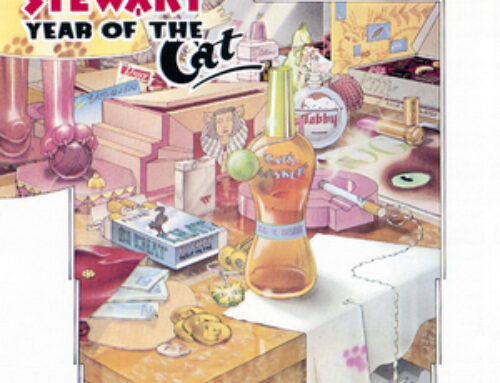The Art of Persuasion in B2B Copywriting
We write to persuade. All writers do, whether a newspaper columnist or a novelist, never mind a copywriter. When we do it well, the persuasion is invisible. The reader doesn’t see the bones. They come to their conclusion themselves. No-one tells them what to think.
But how does that work for B2B copywriting?
Here are five important points that are often overlooked, all built on the basics of deeply understanding your audience, your product and your path to persuasion.
1. Build trust through long-term commitment
Trust, they say, arrives on foot and leaves on horseback, and persuasion is built on trust. It takes time. And the bigger the commitment, the longer it takes to build that basis. We want to be “trusted advisors” and “thought leaders”, but those roles are not the work of a moment.
So, settle in and focus on creating value-add, evergreen content.
2. Include real, tangible proof points
People need proof. They need to read about “people like me solving problems like mine.”
In his seminal book, Influence: The Psychology of Persuasion, Robert Cialdini identifies Social Proof as one of the universal Principles of Persuasion (a great book to read, but a handy summary here: https://www.influenceatwork.com/7-principles-of-persuasion/).
In B2B, that most obviously means case studies or customer stories. These – along with easier to get, but less powerful, testimonial quotes – should be the bedrock of any persuasion or content marketing strategy. From a good customer story, you can pull quotes and data to use elsewhere in longer ebooks and shorter social posts.
To be most effective, these stories need numbers. They need concrete results like x% improvement, £y or z hours saved.
3. Always be authentic…
Keep it real. We can all spot the CEO quote really written by committee.
So what if the customer hasn’t nailed all of your talking points? An authentic quote, even if it’s slightly off target, even with small (but not embarrassing) grammatical errors, always smells better. Readers know. They spot and dismiss overwritten copy-by-committee.
4. … and engaging
How are your social feeds? Your inbox? We’re in a world of information overload and the readers you most want are those with least time.
Whatever you create needs to be immediately engaging. Sadly, clickbait works for a reason – but your content needs to be at the cleverer end of the clickbait scale. And, it needs to deliver on its promise.
According to neuroeconomist Paul J. Zak, you have just 15 seconds to capture attention and provoke an emotional response. And that’s for a video ad, where colour and movement help grab initial audience attention.
5. Leave a little space
“Description,” says novelist Stephen King, “begins in the writer’s imagination, but should finish in the reader’s.”
Too often in B2B copywriting, there’s a tendency to try and say everything, to leave no room for misinterpretation. But it’s in the gaps that memory is formed. If the brain isn’t exercised, everything just washes over, like lift music. Blandly satisfying doesn’t do it. Like a little grit in the oyster, you need just a little friction. As record producer Rick Rubin says, “Sometimes it’s enough to offer clues.”
The art and craft of compelling copy
Writing is easy, but persuasion is hard. It takes time. It takes experience. It needs nuance.
If you’re writing you own copy, hopefully the above will be helpful. They are mostly points we think we know … but too often overlook under the pressure to get things delivered.
And, if I can help, please get in touch.
Photo by Steven Houston on Unsplash









